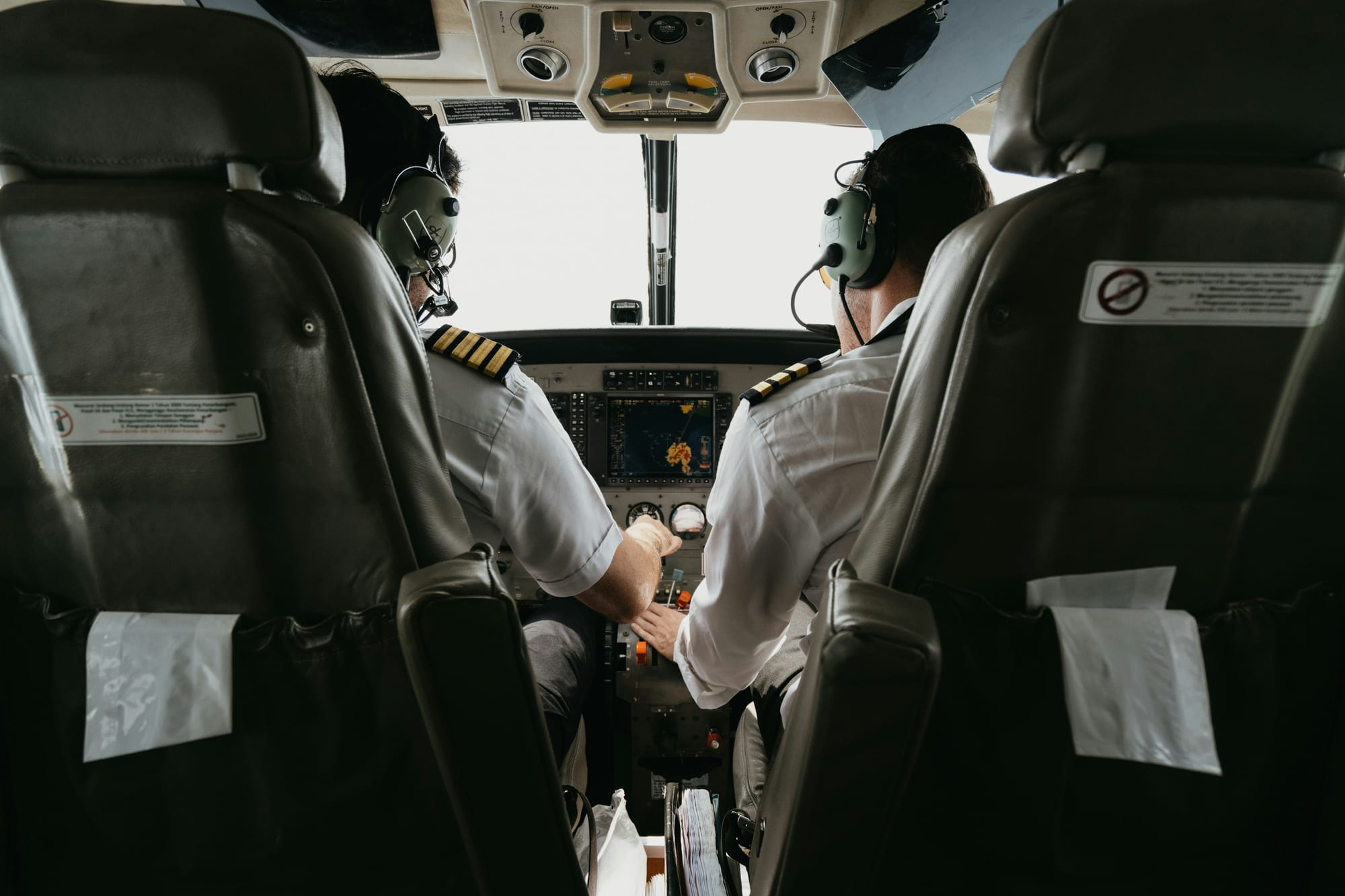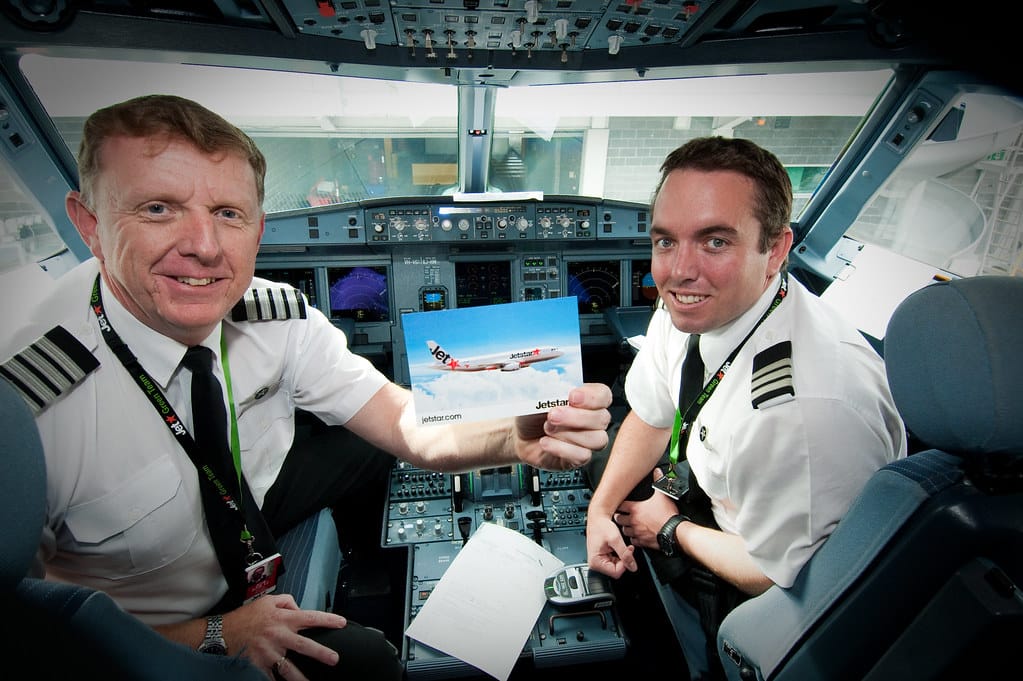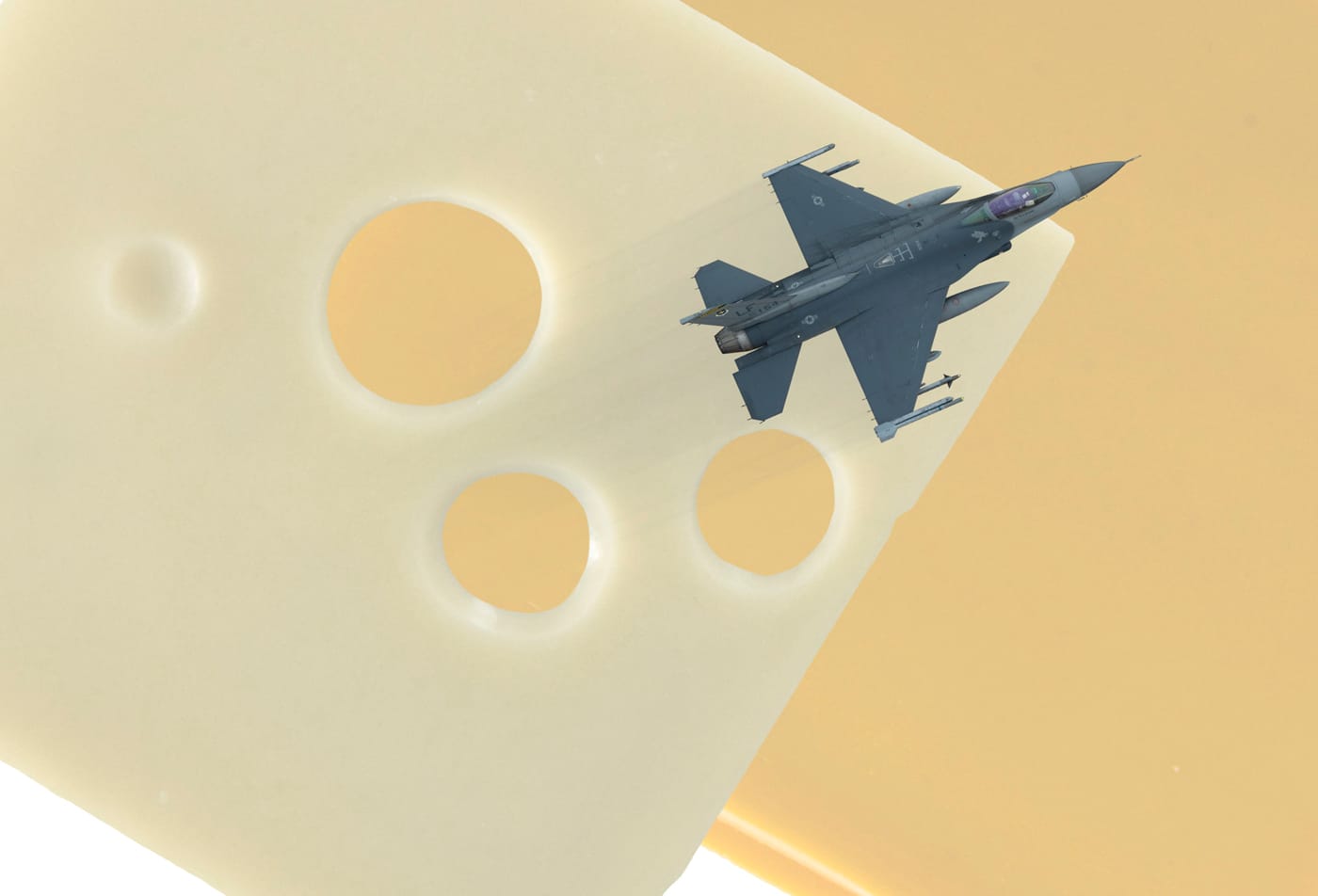Can Airplanes Land on Snow?
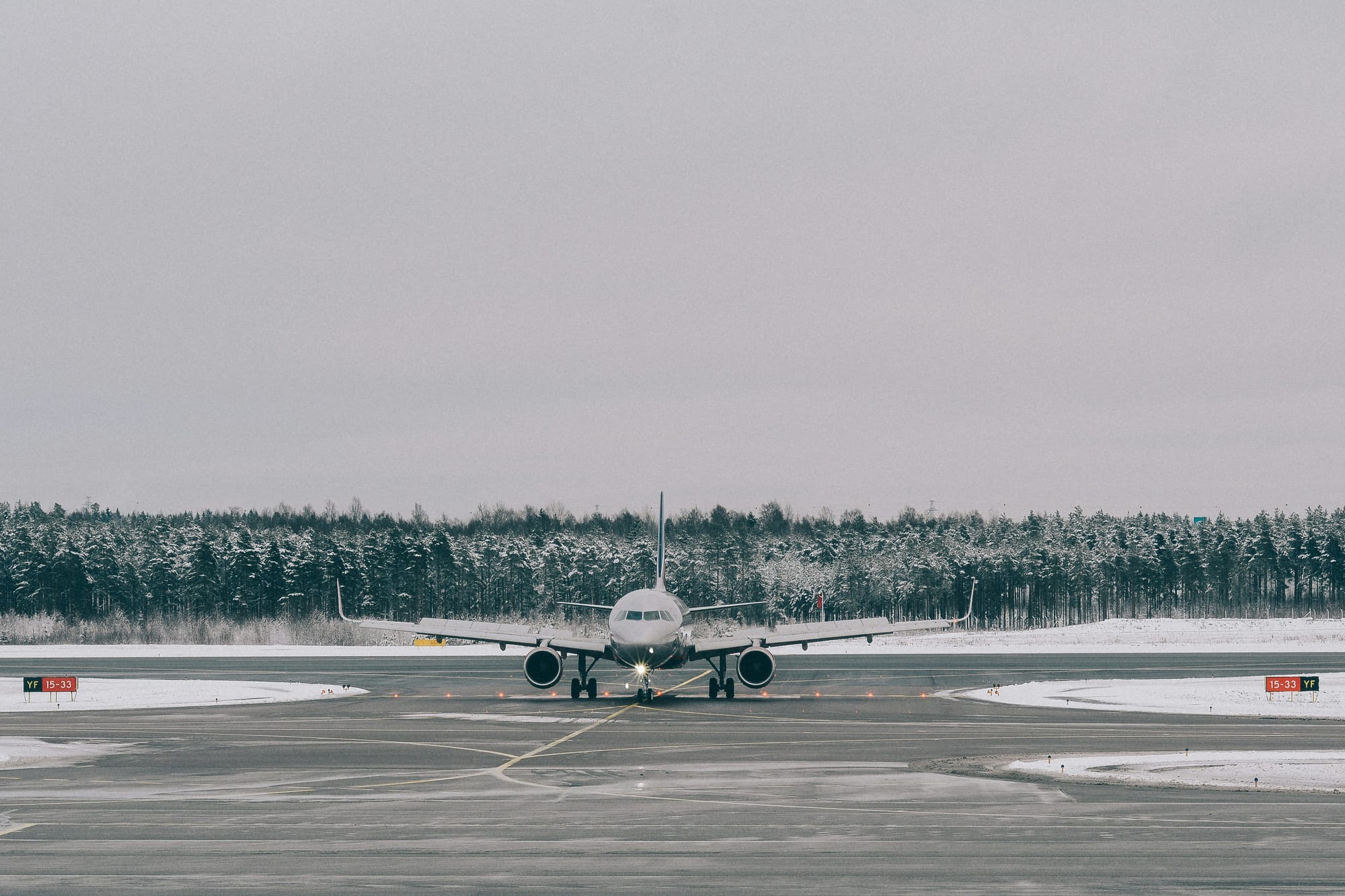
Aviation can operate in some of the most challenging environments, including icy and snowy conditions. While airplanes are incredibly versatile machines, their ability to land on snow is not as straightforward as it might seem.
The Challenges of Landing on Snow
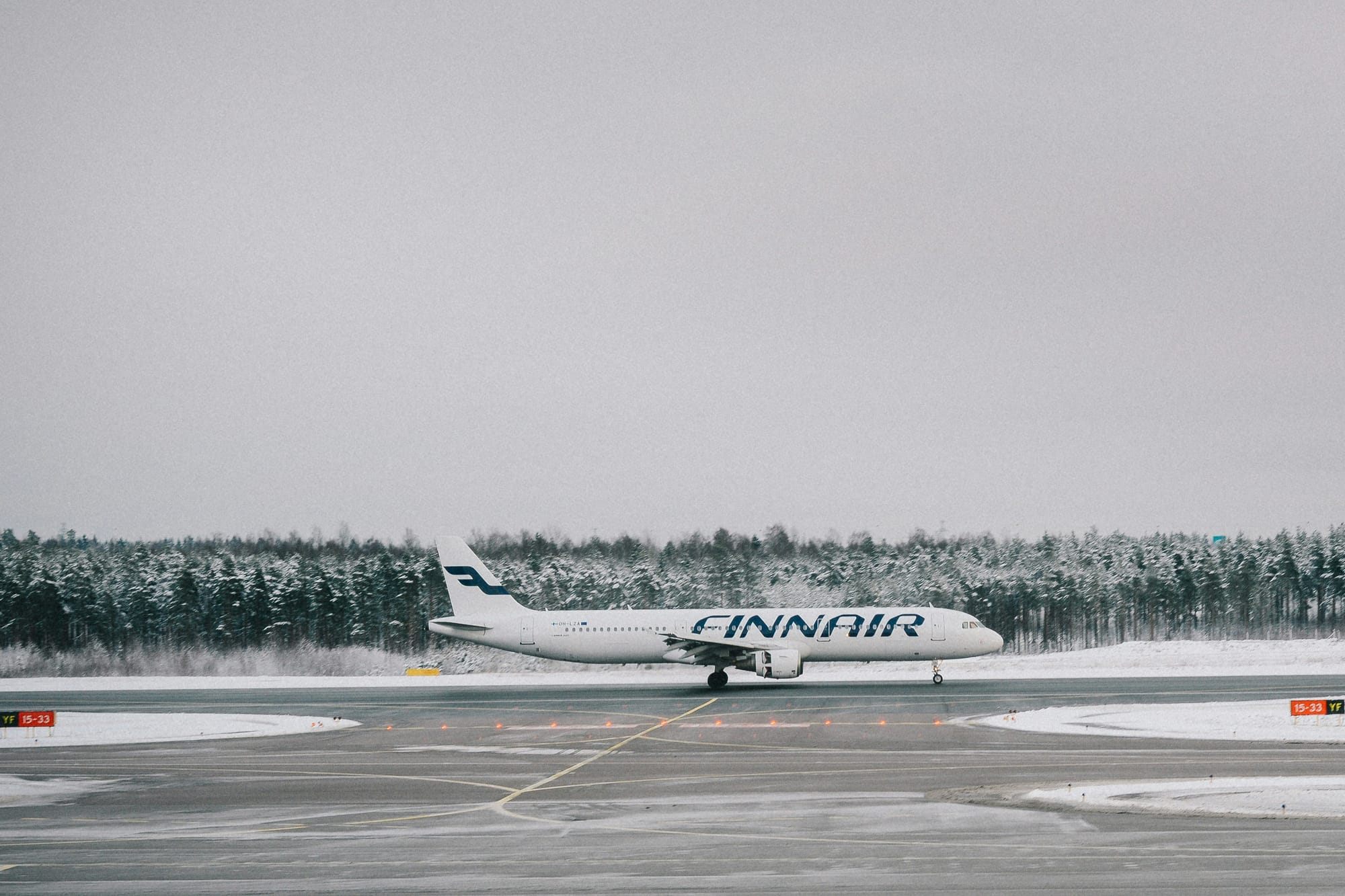
Landing on a snowy runway poses several challenges. Snow reduces friction, making it harder for airplanes to stop and maintain directional control. Additionally, snow can obscure runway markings, further complicating the landing process. For commercial aviation, ensuring passenger safety means that runways generally need to be cleared of significant snow and ice before landing is permitted.
In some cases, smaller, specialized aircraft equipped with skis or other adaptations can safely land on snow-covered surfaces, such as in remote or polar regions. However, commercial airliners rely on specific runway conditions to ensure safe operations.
Understanding Runway Condition Codes
Runway Condition Codes are used to evaluate and communicate the condition of a runway. These codes range from 0 to 6, with 6 indicating a dry runway and 0 representing a surface with no braking action and control capability.
- Code 6: Dry runway
- Code 5: Wet runway or frost
- Code 4: Compact snow (not slippery)
- Code 3: Wet snow or slush
- Code 2: Snow with some slipperiness
- Code 1: Ice or very slippery snow
- Code 0: Surface is critically slippery (operations not recommended)
Pilots and dispatchers use these codes to calculate landing distances and assess the feasibility of a safe landing. For example, a lower runway condition code will require a longer landing distance due to reduced braking efficiency. Airlines and airports work together to ensure that the runways meet acceptable conditions for the type of aircraft and operation.
How Runway Conditions Impact Landing Performance
The condition of a runway significantly affects an airplane’s ability to stop. Reduced friction means longer stopping distances and a greater reliance on reverse thrust and anti-skid braking systems. Pilots use performance data that accounts for the runway condition code, aircraft weight, and environmental factors to ensure they can safely stop within the available runway length.
For commercial flights, airport operations teams play a vital role in maintaining runway safety. Snowplows, de-icing agents, and specialized equipment are used to clear snow and ice, restoring runway condition codes to acceptable levels for safe landings.
Final Thoughts
While airplanes can technically land on snow, the safety and practicality of doing so depend heavily on the type of aircraft and the runway’s condition. Runway condition codes provide a standardized way to evaluate and communicate the safety of landing in snowy conditions, ensuring that pilots have the information they need to make informed decisions.
In commercial aviation, runways generally need to be cleared of snow and ice to ensure they’re not too slippery to land. This careful attention to safety helps maintain aviation’s reputation as one of the safest modes of transport, even in challenging winter weather.


